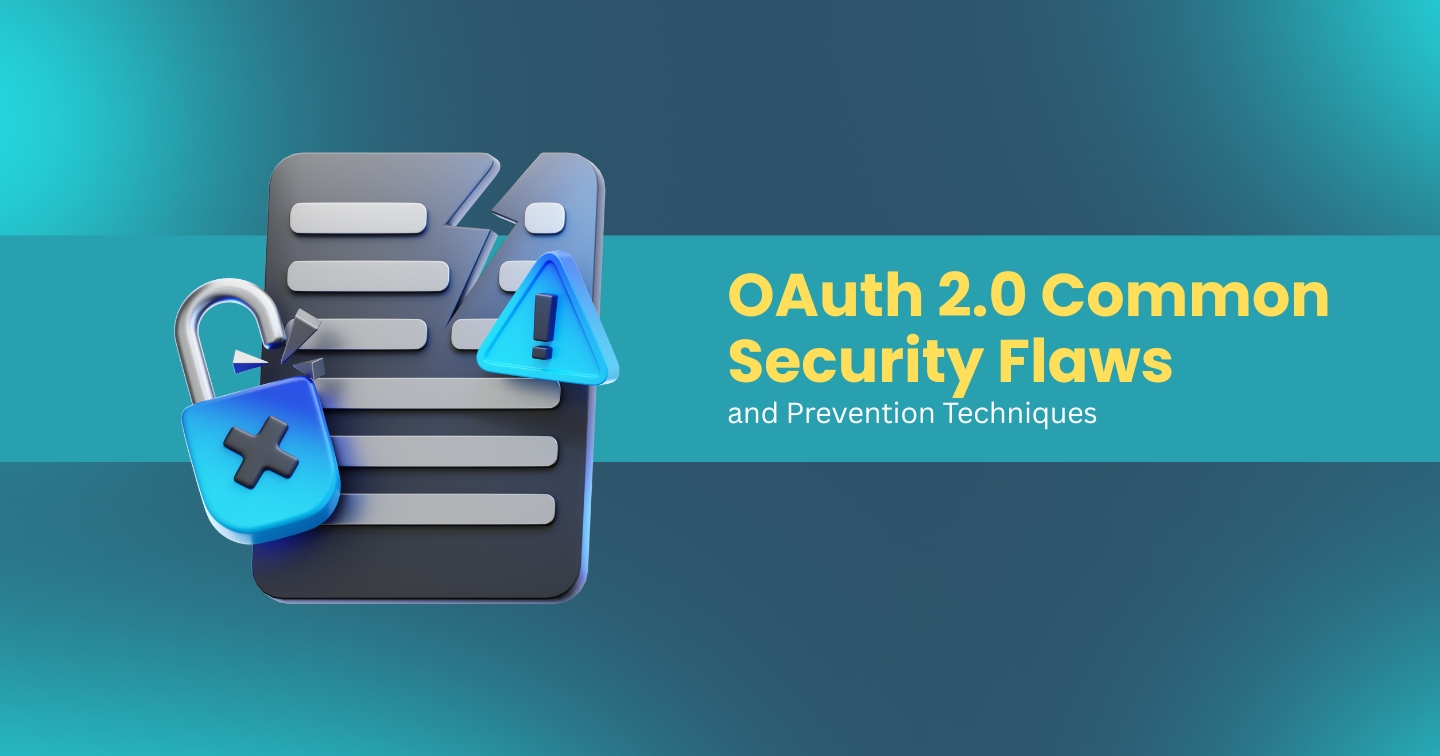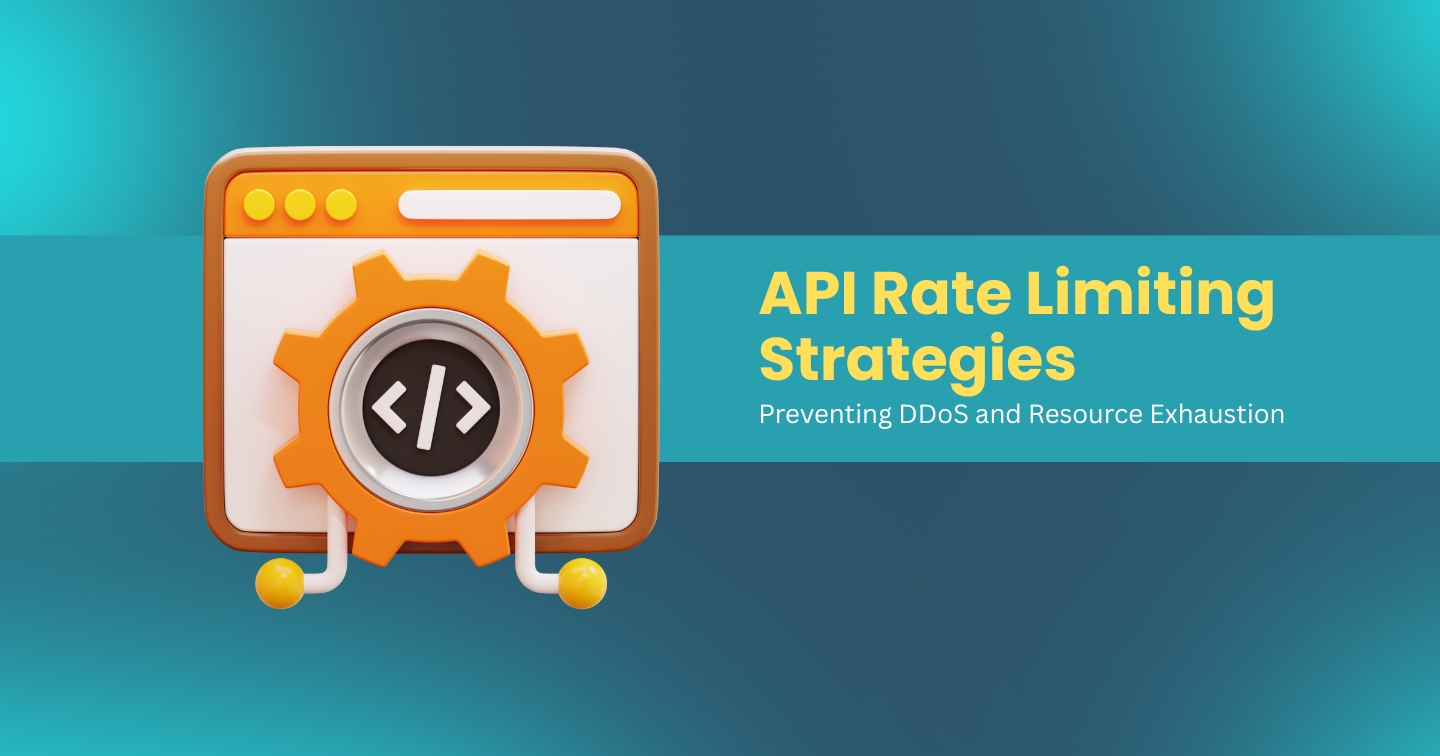APIs are rapidly on their way to becoming the most popular attack vector. That's why ensuring you have a good security strategy in place is essential— the right tech stack can help with this.
There are many tools on the market to choose from, each with features that help secure your digital assets.
But how do you sort through these API security tools to build the right stack for your business?
In this blog post, we'll walk you through the different types of security testing tools and which factors you need to look at when choosing the best stack for your needs.
4 Types of API Security Testing Tools
Just as a writer may use a range of copywriting tools to help them fine-tune their content, your security stack is usually composed of a few different types of security testing tools—each designed to complete various tasks.
Let's break down the four most common types of testing tools you'll run into:
- Penetration testing tools: They simulate real-world attacks on APIs and are used to identify vulnerabilities hackers may exploit. Some popular penetration testing tools include Kali Linux, Burp Suite, and OWASP ZAP.
- Vulnerability scanners: As the name implies, these tools scan for known API vulnerabilities and are used to find both security and performance issues. Some popular vulnerability scanners include Acunetix, Nessus, and beSECURE.
- Bug bounty programs: These allow companies to crowdsource security testing by offering rewards for finding vulnerabilities. Some popular platforms to host bug bounty programs include HackerOne and Bugcrowd; alternatively, your company can host its own program.
- Continuous API security testing solutions: These tools provide automated tests that run on a regular basis, helping you find issues quickly and ensure that they are fixed in a timely manner. Some popular continuous API testing solutions include APIsec, SoapUI, and Postman.
When looking at different technologies for your tech stack, it's important to take the time and evaluate what each one offers, as each has its own advantages and disadvantages.
For example, some tools are very limited in their capabilities, only focusing on securing certain aspects of your API. This will require you to invest in additional tools to cover what's left over.
On the other hand, some tools, like APIsec, allow you to combine multiple types of testing in a single solution, giving you comprehensive coverage.
Drilling Down Into the Factors You Need to Consider When Choosing Your API Security Tech Stack
Now that you understand the types of testing tools you'll run into, it's time to look at how you'll evaluate whether or not the tool is right for your tech stack.
We've gone ahead and drilled down into the most critical factors you'll need to examine to make an informed decision.
The following is a quick cheat sheet that covers the main things you should consider and how they stack up for each testing type:

Automation
Automation is arguably the most crucial factor to consider when choosing your API security tech stack. Why? Because if you're not automating your API security, you're doing it manually. And that's a huge mistake.
It's nearly impossible to manually test every possible input and output combination because there's simply not enough time in the day or a big enough budget. On top of that, manual API security is error-prone and not feasible at scale.
That's why automation is absolutely essential for your testing tools. Automated testing allows you to:
- Cover a much larger attack surface
- Run tests more frequently
- Identify and respond to threats much faster than manual testing
- Reduce operational costs
- Reduce human error
Ideally, you should look for a solution that offers a high degree of automation so that you can set it up once and then forget about it. That way, your teams can focus on more important things, safe in the knowledge that your APIs are well-protected.
Coverage
As the threat landscape continues to evolve, malicious actors are always looking for new ways to exploit vulnerabilities in your APIs, which is why you need to ensure you have complete coverage.
If you don't take coverage into account, you may find yourself with gaps in your protection. Attackers can exploit these gaps, leading to data breaches and other security issues.
Most security testing tools only focus on identifying commonly known vulnerabilities, such as OWASP's Top 10, but they fail to catch business logic flaws.
To ensure adequate coverage, you need to select an API security solution that offers comprehensive protection that will be able to protect against a wide range of threats, including legitimate users who are abusing their privileges.
Costs
If it were up to your dev and security teams, you'd probably utilize dozens of testing tools, but unfortunately, your budget probably can't handle that many tools.
When deciding which tools you want to include in your security tech stack, you'll need to weigh the upfront costs of the solution against the long-term benefits it provides.
If you don't carefully consider the cost of your API security solution, it could end up costing you more in the long run, as you'll need to supplement with other testing tools.
For example, manual pen testing is extremely expensive, and most businesses can only afford to complete tests annually, meaning you have to adopt another solution to ensure your API is secure for the other 364 days of the year.
On the other hand, you might invest in a more budget-friendly bug bounty program, but you end up missing critical vulnerabilities because you didn't have the budget to offer attractive payouts.
It's crucial to take the time to consider all of the costs associated with API security and to choose an affordable yet effective solution. Doing so can ensure that your business is protected from the ever-growing threats posed by cybercriminals.
Scalability
As your business grows, you'll need to be able to scale up your API security solution accordingly.
Otherwise, you may find yourself with inadequate security setups that leave your system vulnerable and cause major bottlenecks.
For example, you might add new APIs, roll out new versions of your product, or create new packages. All of these actions create new endpoints, calls, and parameters that require testing to be secured.
By taking scalability into account from the beginning, you can avoid these issues and ensure that your API can grow with your business.
Accuracy
You could have a top-of-the-line security solution with all the bells and whistles, but if it's inaccurate, what good is it?
All you'll end up with is a noisy system that produces an overwhelming amount of false positives your team will have to filter through. Eventually, something will slip through the cracks, and it will compromise your system.
Instead, you need tools with a high accuracy rate so you can:
- Ensure the data being passed through the API is correct and consistent
- Improve the overall performance of the system by reducing latency and improving response times
- Identify attack warning signs quickly
- Investigate and respond to incidents in a timely manner
Ideally, you should look for a solution that has a high degree of accuracy so that you can be confident that any alerts are genuine threats.
Speed
The importance of testing speed is growing as DevOps teams adopt agile practices. This means that security testing needs to be done quickly and efficiently.
Unfortunately, many API security solutions are not designed with speed in mind. This can lead to delays in the development process and ultimately jeopardize the system's security.
The faster you can test, the faster devs can identify and fix vulnerabilities. Plus, it's easier to fix bugs early in development while code is still fresh in their minds than it is to fix them in production.
To ensure that your API security tech stack includes fast and effective testing, you'll want to look for:
- Support for parallel testing: Parallel testing allows you to run multiple tests simultaneously, which can greatly speed up the testing process.
- A comprehensive test suite: A comprehensive test suite will cover all aspects of your API, including functionality, performance, and security.
- Flexible reporting options: Flexible reporting options allow you to customize the information you receive from your tests. This can help you identify areas that need improvement and track progress over time.
Reliability
Just like we discussed with accuracy, what's the point of having security measures in place if they're not going to be reliable?
Malicious actors are constantly looking for ways to exploit these "doorways" into your application and its sensitive data, and if your API security solution is unreliable, it can leave your API vulnerable to attack.
An unreliable API security solution may not be able to detect and defend against emerging attacks, leading to data breaches, loss of customer trust, and damage to your brand.
Don't gamble with your API security. Choose a solution that is backed by a team of experts who are constantly monitoring the latest threats and developing new defenses.
The #1 Tool for Your API Security Tech Stack
When it comes to API security, there is one tool that stands out above the rest: APIsec.
We are one of the only solutions on the market that combine automated pen testing, vulnerability scanning, and continuous testing all in one, giving you unparalleled protection for your APIs.
By leveraging the latest security technologies, we've created a solution tailored to meet your unique system's needs.
With our solution, you can secure your APIs from a multitude of attacks, including OWASP's Top 10, business logic vulnerabilities, and much more.
Plus, our cloud-based solution is easy to use and integrates seamlessly with your existing infrastructure. Check out this quick video that shows you exactly how it works:
So why wait? Get your free API scan, or schedule a free demo.

.webp)

